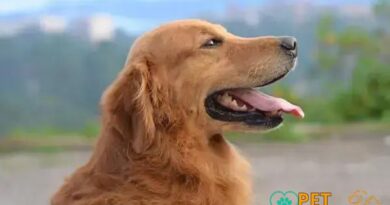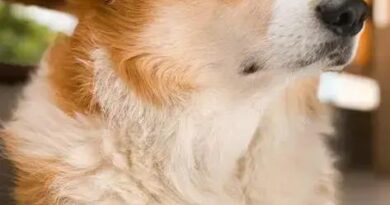What is judging dog agility events
Understanding Dog Agility Events
Dog agility is a competitive sport that involves a handler directing a dog through a timed obstacle course. The goal is to navigate the course as quickly and accurately as possible, showcasing the dog’s speed, agility, and training. Judging these events requires a keen understanding of both the rules and the nuances of dog behavior.
The Role of the Judge in Agility Events
Judges play a crucial role in dog agility competitions. They are responsible for setting the course, ensuring that it meets specific standards, and overseeing the event to maintain fairness. A judge must be knowledgeable about the sport, including the various obstacles and the criteria for evaluating performance. Their decisions can significantly impact the outcome of the competition.
Criteria for Judging Performance
When judging dog agility events, several criteria are considered. These include the dog’s speed, accuracy in navigating obstacles, and adherence to the course layout. Judges look for clean runs, where the dog completes the course without faults, such as knocking down bars or missing obstacles. Each of these factors contributes to the overall score and ranking of the competitors.
Faults and Penalties in Agility Judging
Faults are an essential aspect of judging in dog agility events. Common faults include refusals, where a dog hesitates or fails to attempt an obstacle, and eliminations, which occur when a dog does not complete the course correctly. Judges must be vigilant in identifying these faults, as they directly affect the scoring and placement of the teams.
Course Design and Its Impact on Judging
The design of the agility course is vital for both the competitors and the judges. A well-designed course challenges the dog’s abilities while allowing for fair competition. Judges must ensure that the course is balanced, with a mix of different obstacles that test various skills. The layout should also allow for clear visibility, enabling judges to observe each team’s performance effectively.
Communication Between Judges and Handlers
Effective communication between judges and handlers is essential during agility events. Judges often provide briefings before the competition, explaining the course layout and any specific rules. Handlers must understand the judge’s signals and instructions to navigate the course successfully. This communication fosters a positive environment and enhances the overall experience for everyone involved.
Training and Certification for Judges
Becoming a judge in dog agility events requires extensive training and certification. Aspiring judges must learn the rules of the sport, gain experience in handling dogs, and understand the intricacies of course design. Many organizations offer courses and workshops to help judges develop their skills, ensuring they are well-prepared to evaluate performances fairly and accurately.
Judging Styles and Approaches
Different judges may have varying styles and approaches to judging agility events. Some may focus more on the technical aspects of the performance, while others may emphasize the handler-dog relationship. Regardless of their style, judges must remain impartial and consistent in their evaluations, ensuring that all competitors are treated fairly.
The Importance of Experience in Judging
Experience plays a significant role in effective judging. Seasoned judges have a deeper understanding of dog behavior and agility techniques, allowing them to make more informed decisions. They can also anticipate potential issues during a run, which helps them maintain control of the event and ensure a smooth competition.
Future Trends in Dog Agility Judging
As dog agility continues to grow in popularity, the role of judging is evolving. New technologies, such as video analysis and electronic timing systems, are being integrated into competitions to enhance accuracy and transparency. Judges must adapt to these changes, continually updating their skills and knowledge to keep pace with the sport’s advancements.




